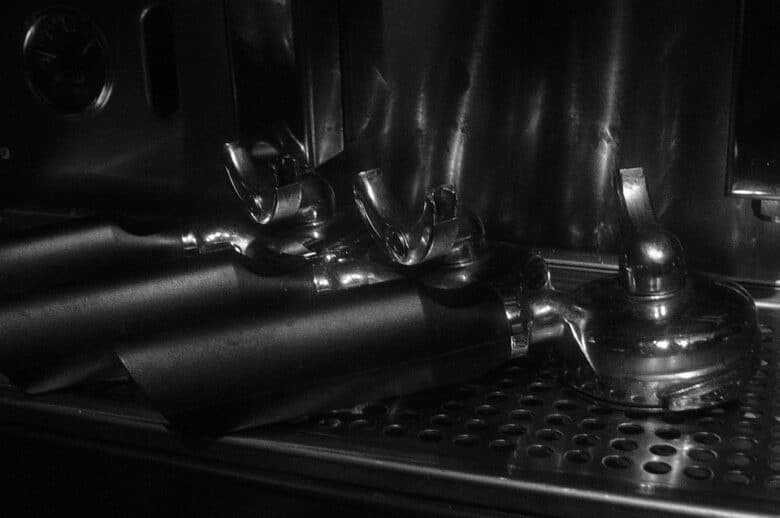Coffee Cultivation Process
If you’ve ever enjoyed a delicious cup of coffee, you may have wondered just how that coffee bean made its way into your mug. The journey of a coffee bean from the tree to your local coffee shop is a fascinating and complex process that involves a number of steps and a great deal of care and attention. This article will take you through the entire coffee cultivation process, from seed to cup, so that you can gain a better understanding of the hard work and dedication that goes into producing that perfect cup of joe.
Choosing the Right Location
The first step in the coffee cultivation process is choosing the right location to plant the coffee trees. Coffee is a tropical plant, so it thrives in locations with a consistent temperature of around 70-80°F and a good amount of rainfall. The soil also plays a crucial role in the success of coffee cultivation, as it needs to be well-drained and acidic. Once the perfect location is found, the next step is to choose the right variety of coffee to plant. There are two main species of coffee that are cultivated for commercial use: Arabica and Robusta. Arabica beans are often considered to have a more delicate and flavorful taste, while Robusta beans are known for their stronger, more bitter flavor. The variety chosen will depend on the climate, altitude, and other environmental factors of the chosen location.
Planting and Growing the Trees
Once the location and variety of coffee have been chosen, it’s time to plant the coffee trees. Coffee is typically grown from seeds, which are planted in nurseries and then transplanted once they have developed into seedlings. The young trees need to be carefully tended to for the first few years of their life, as they are susceptible to disease, pests, and environmental stresses. During this time, they also need to be pruned and fertilized regularly in order to ensure healthy growth. It takes about three to four years for a coffee tree to start producing fruit, and once it does, it will continue to produce coffee cherries for around 20-25 years. During this time, the trees need to be regularly watered and monitored for any signs of disease or stress.
Harvesting the Coffee Cherries
The next important step in the coffee cultivation process is harvesting the coffee cherries. The cherries need to be picked at exactly the right time in order to ensure the best possible flavor in the final cup of coffee. This timing can be quite tricky, as it depends on a variety of factors such as the variety of coffee, the climate, and the altitude at which the coffee is grown. In general, the cherries are ready to be harvested when they have turned a deep shade of red. The cherries are typically harvested by hand, which is a labor-intensive process that requires a great deal of skill and precision. Workers pick the ripe cherries from the trees and carefully sort them into different categories based on their level of ripeness. This meticulous sorting process ensures that only the highest quality cherries make their way to the next stage of the coffee cultivation process.
Processing the Coffee Cherries
Once the coffee cherries have been harvested, they need to be processed in order to extract the coffee beans from inside. There are two main methods of processing coffee: the wet method and the dry method. The wet method involves removing the outer skin of the cherries and then fermenting them in water for a period of time in order to loosen the sticky mucilage that surrounds the beans. The cherries are then washed and dried, and the beans are then removed from inside. The dry method, on the other hand, involves laying the cherries out in the sun to dry, and then removing the beans once they are completely dried. The method chosen will depend on a variety of factors, including the climate, the variety of coffee, and the desired flavor profile. Once the beans have been extracted, they are ready to be roasted and then ground in order to produce that perfect cup of coffee.
Roasting and Brewing the Coffee
The final step in the coffee cultivation process is roasting and brewing the coffee. Roasting is a crucial step that greatly influences the taste and aroma of the final coffee. The beans are typically roasted at high temperatures for a short period of time in order to develop their flavors and aromas. The roasting process involves a careful balance of time, temperature, and airflow in order to achieve the desired roast profile. Once the beans have been roasted, they are ground and then brewed into a delicious cup of coffee. There are a variety of brewing methods that can be used, each of which will produce a unique cup of coffee. Whether you prefer a strong espresso, a smooth pour-over, or a rich French press, the brewing process is the final step in the journey of the coffee cultivation process from seed to cup.
In conclusion, the art of coffee cultivation is a complex and intricate process that requires a great deal of skill, dedication, and attention to detail. From choosing the right location and variety of coffee to harvesting the cherries and processing the beans, every step in the process plays a crucial role in producing that perfect cup of coffee. The next time you take a sip of your favorite brew, take a moment to savor the flavors and aromas, and remember the hard work and care that went into producing that delicious cup of coffee.
